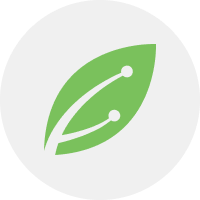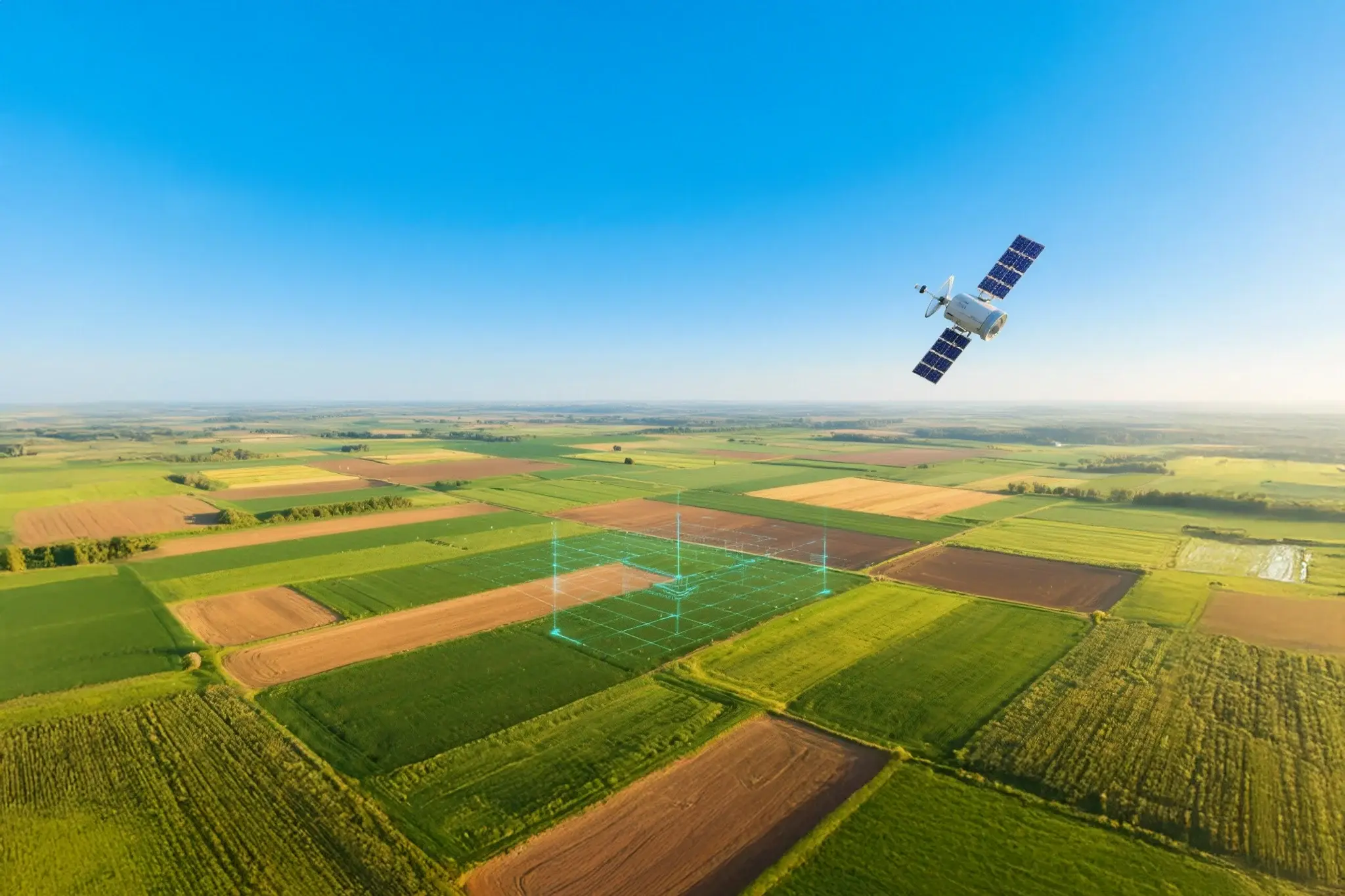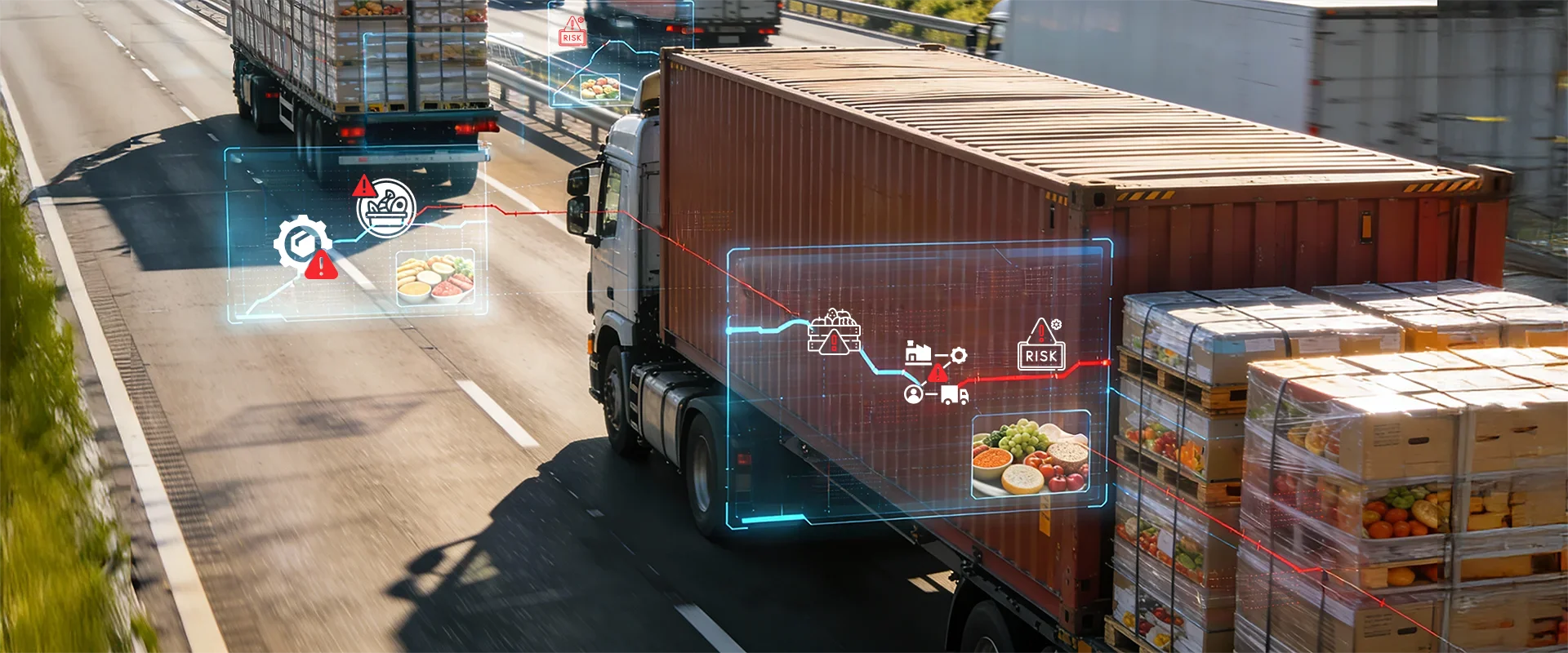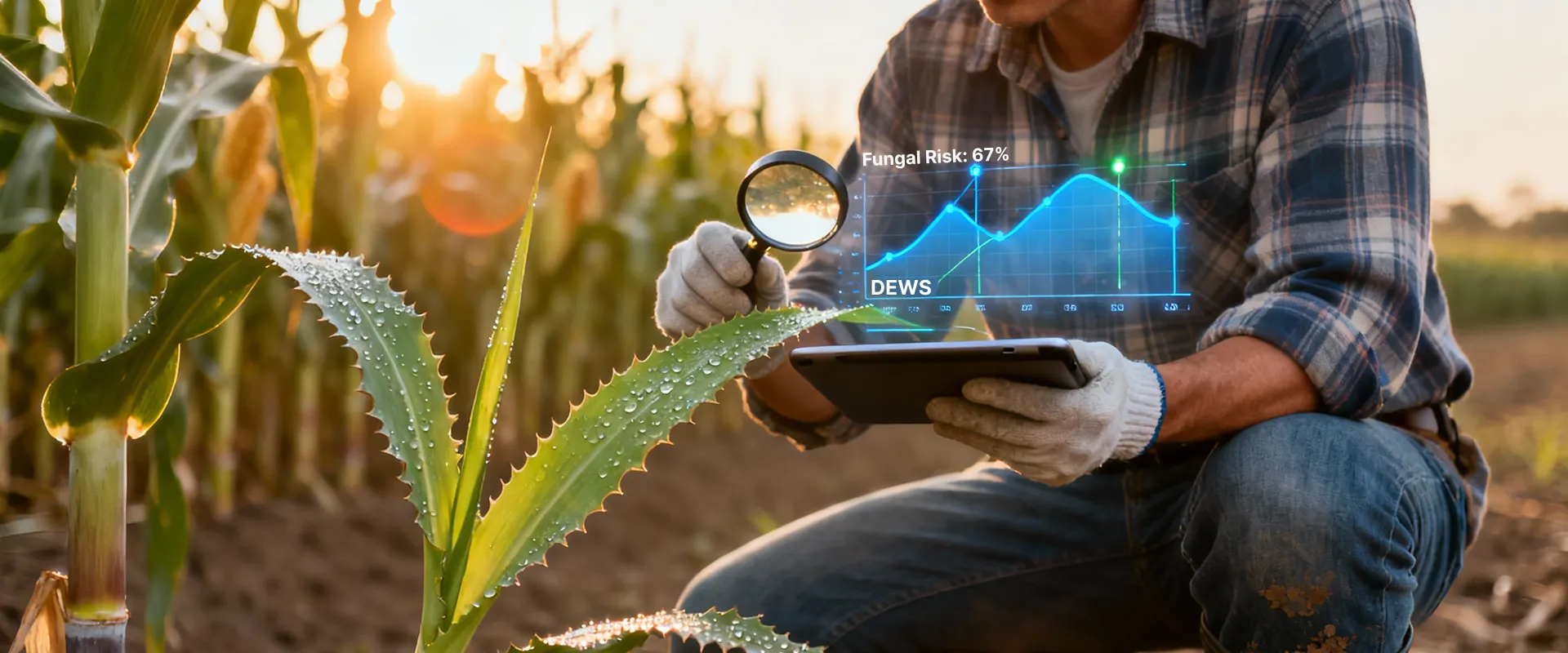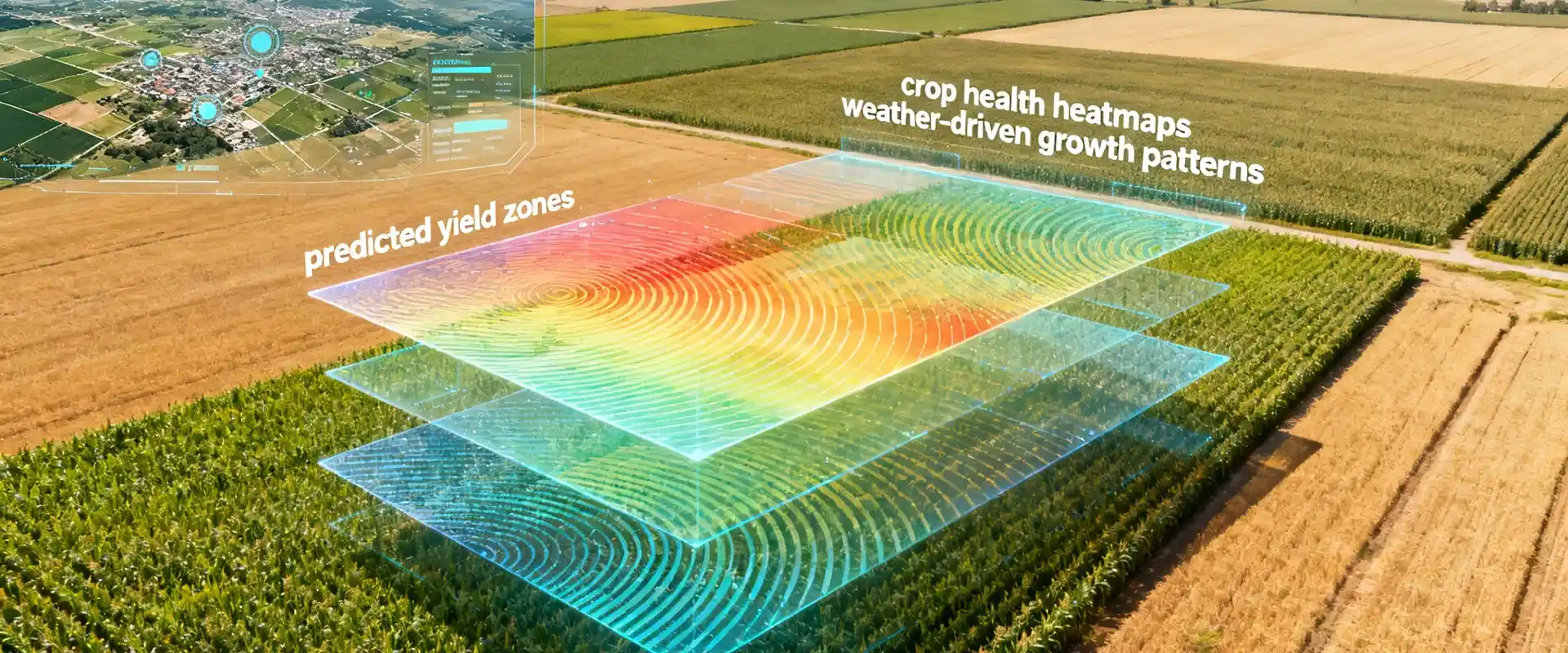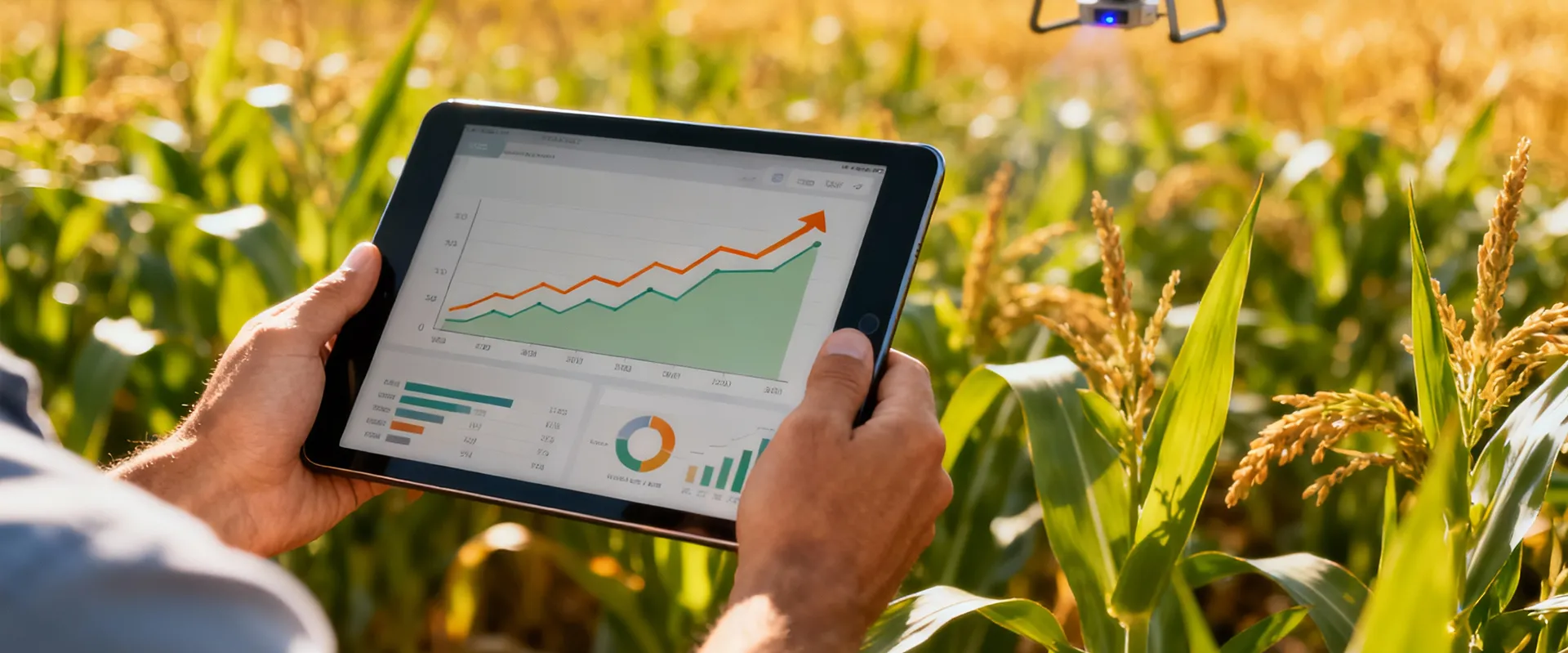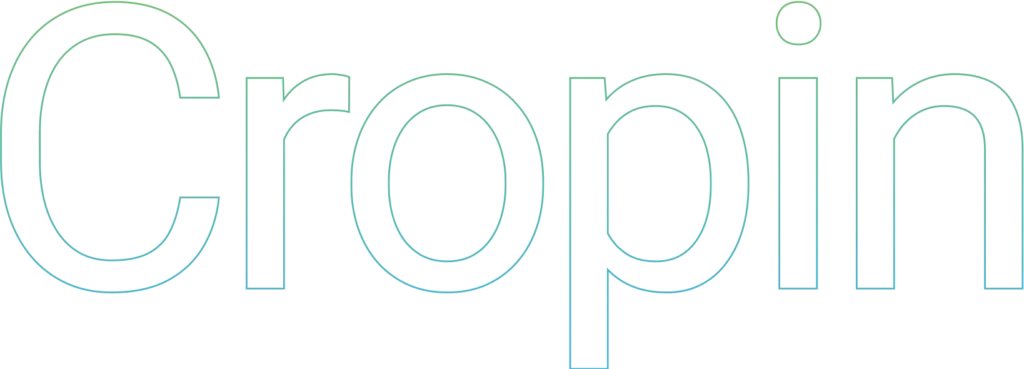What is IoT? - the simple explanation
We are witnessing unprecedented levels of adoption of technology in Agriculture. There are many emerging technologies in agriculture that seem very promising for the future of farming. IoT was once an emerging agri technology and now it has taken a mainstream position by wider adoption. IoT in agriculture by the simplest of definitions is just that – Internet controlling things.
What does IoT mean?
Whitepaper | digital story of seed
IoT technologies in agriculture
Are you looking for a centralized data and intelligence platform?
1. Robotics in agriculture
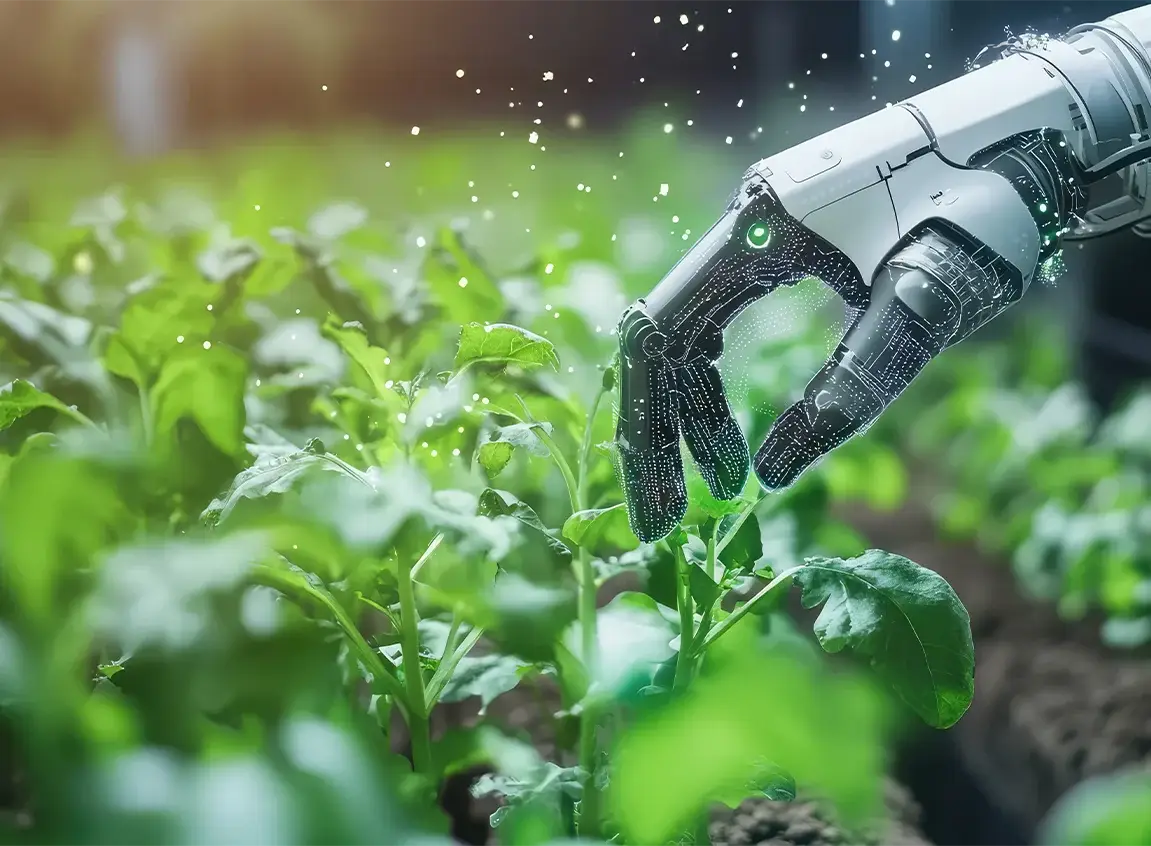
Weeding robots
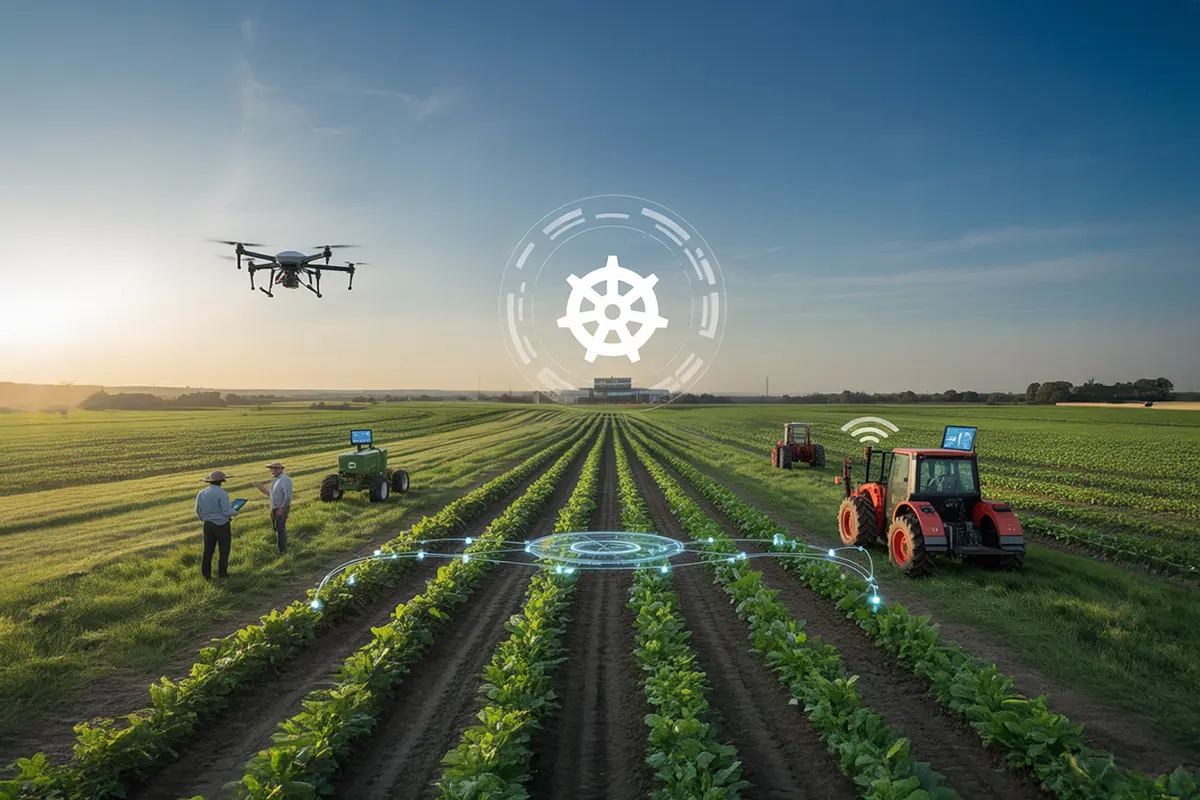
Machine Navigation
As remote-controlled toy cars are enabled with a controller, tractors and heavy plowing equipment can be run automatically from the comfort of home through GPS. These integrated automatic machines are highly accurate and self-adjust when they detect differences in terrains, simplifying labor-intensive tasks. Their movements as well as work progress can be easily checked on smartphones. With advancements in IoT in Agricultural and machine learning, these tech-driven motors are enabling Advanced farming using IoT independently with features such as automatic obstacle detection.
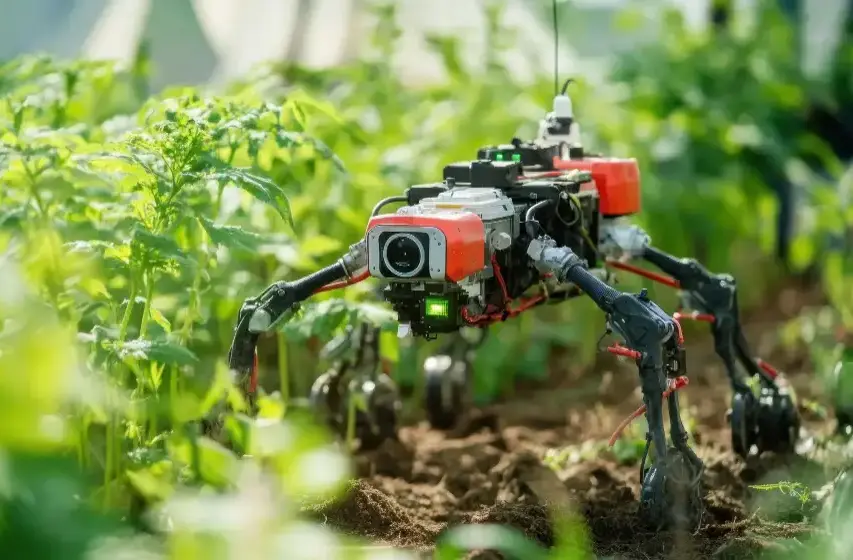
Harvesting Robotics
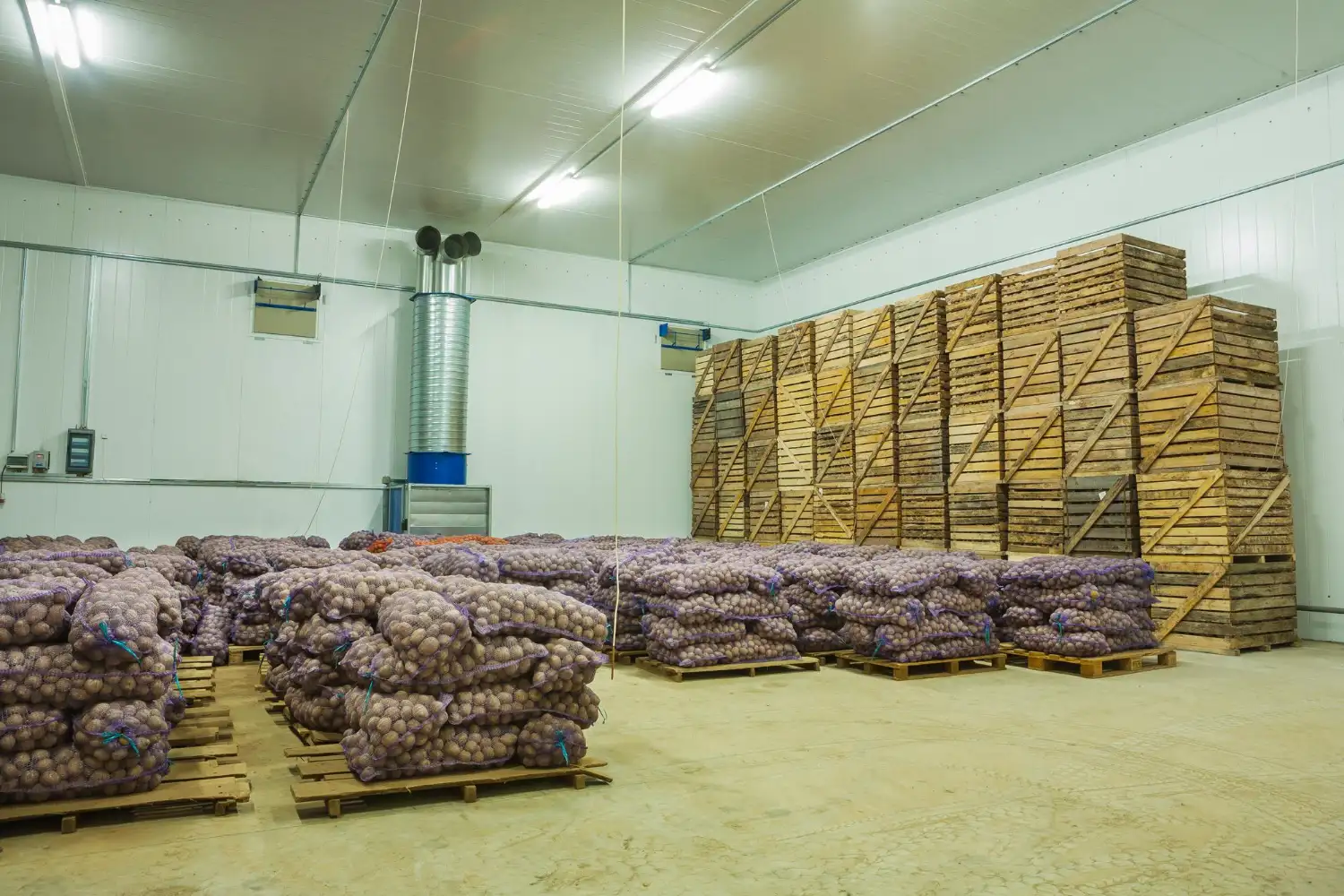
Material Handling
2. Drones in agriculture

3. Remote sensing in agriculture
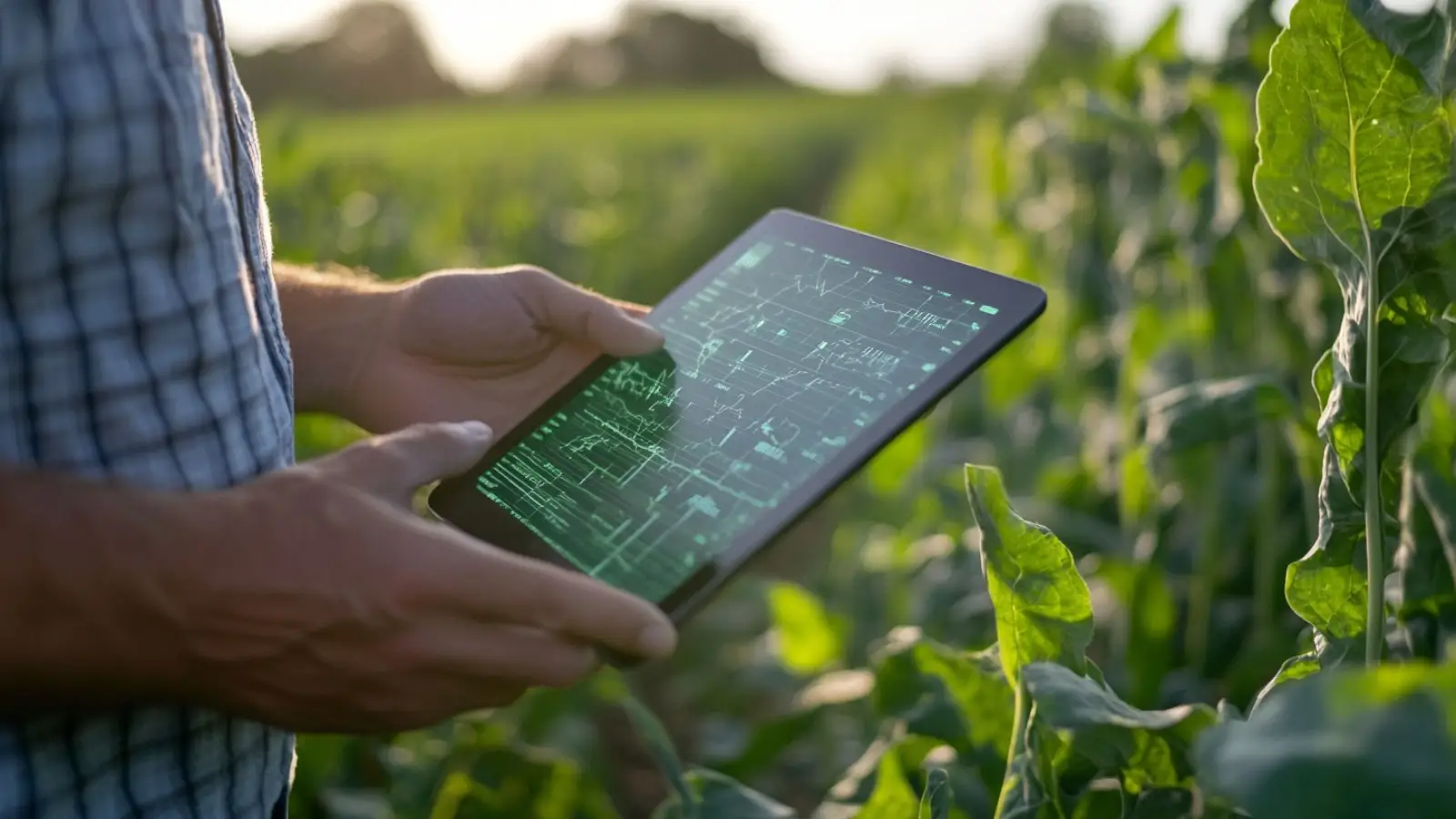
Crop monitoring
Weather conditions
Soil quality
4. Computer imaging in agriculture
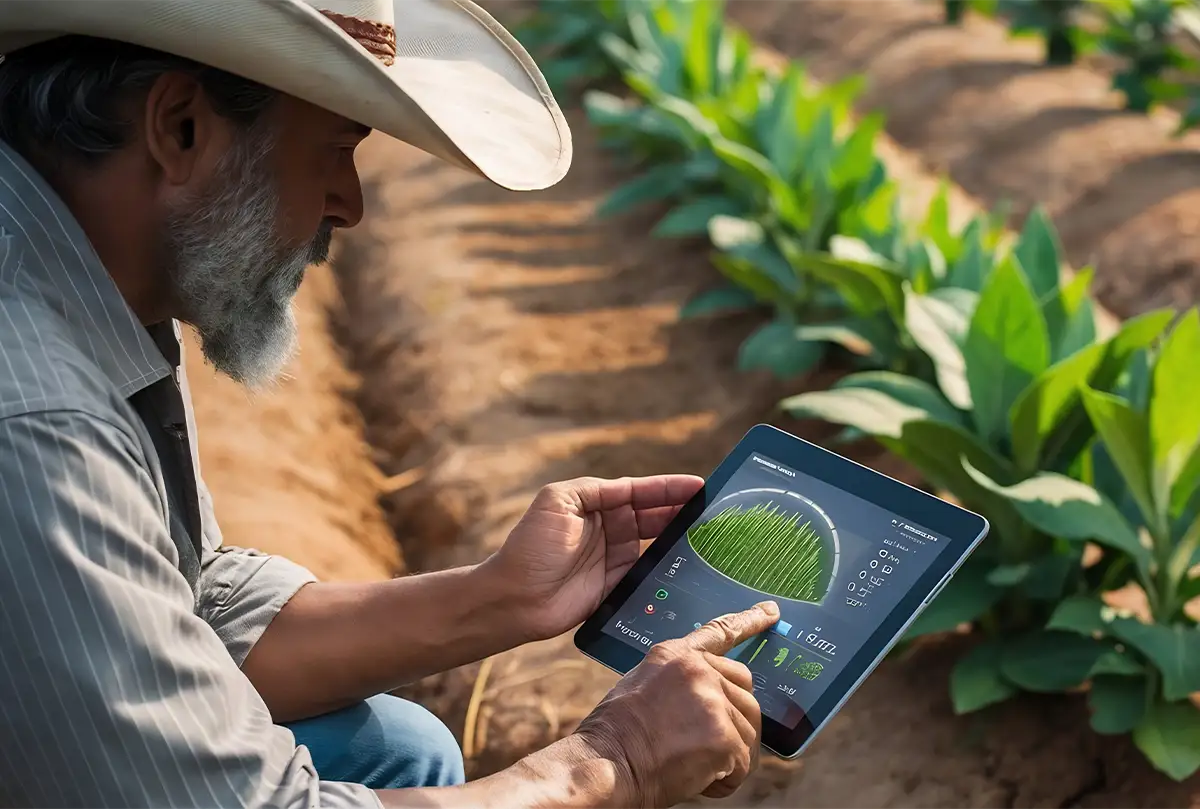
Smart agriculture system using IoT: in simple words
Data collection
Data processing analysis
DatasStorage and dissemination
Smart farming applications of cloud-based software
Cloud-based software, one of the best outputs in the range of advanced farming technology available now, finds applications with:
Smart farming with Saas-based cloud software
- Leadership commitment
- Business case alignment
- at-scale investment
Climate smart agriculture (CSA) is an approach to agriculture that aims to help farmers adapt to and mitigate the effects of climate change. CSA focuses on three main pillars: increasing productivity, reducing emissions, and improving resilience. One way to increase productivity is to use climate-resistant crops or varieties. For example, heat-tolerant varieties of rice can be planted in areas that are prone to droughts. Another way to reduce emissions is to improve farm management practices, such as using more efficient irrigation systems. Finally, CSA also involves building resilience into farming systems, such as by diversifying crops and using early warning systems for extreme weather events. By adopting climate smart agriculture practices, farmers can help to keep their operations running smoothly in the face of a changing climate.
Smart farming by Cropin
As a global agritech, Cropin has worked with 200+ public and private sector organizations worldwide, utilizing deep learning, satellite monitoring, cloud computing, precision agriculture, and other technological advancements to collect, analyze data, and manage all the activities from farm to fork with streamlined farm solutions.
Frequently asked questions (FAQs)
1. What is IoT?
2. What is the role of IoT in agriculture?
3. What are the key differences between Saas and agriculture IoT?
- No physical equipment required to be placed on farms
- Highly skilled labor not required
- No hardware maintenance costs
- Insights are accessible on laptop or PC screens and data is stored in the cloud
- Yearly or monthly subscription plans available at low cost, low risk investment
- High resolution satellite images for monitoring, GPS geo-tagging and weather analyzing
- Holistic supply chain management
- Very scalable, single application for management of multiple farms around the globe
- Labor logs and chemical usage data available
- Can be integrated with existing devices and IoTs
- One stop solution for managing all the operations before and post harvest
- Sensors, robots, drones, and cameras required to be placed on farms to monitor and operate
- Requires high skilled field staff to implement and manage bots and insights of IoT lingua
- Equipment are expensive and fragile
- Recurring maintenance costs for hardware
- Heavy initial investments
- Computer imaging is done via sensor cameras and drones with manual operators
- No supply chain management
- Not scalable as each farm data has to be managed separately
- No log info
- Difficult to integrate with already implemented devices
- Each equipment has a defined set of operation and not one can show all stats
4. What are the infrastructure requirements for adopting an intelligent agriculture system using IoT?
- The high initial investments in sensors, drones, bots, and their setting up
- Hiring well-trained field staff for operating and management
- Connectivity to power to charge and operate the drones and robots
- Hardware maintenance costs
- Continuous connectivity to the internet
